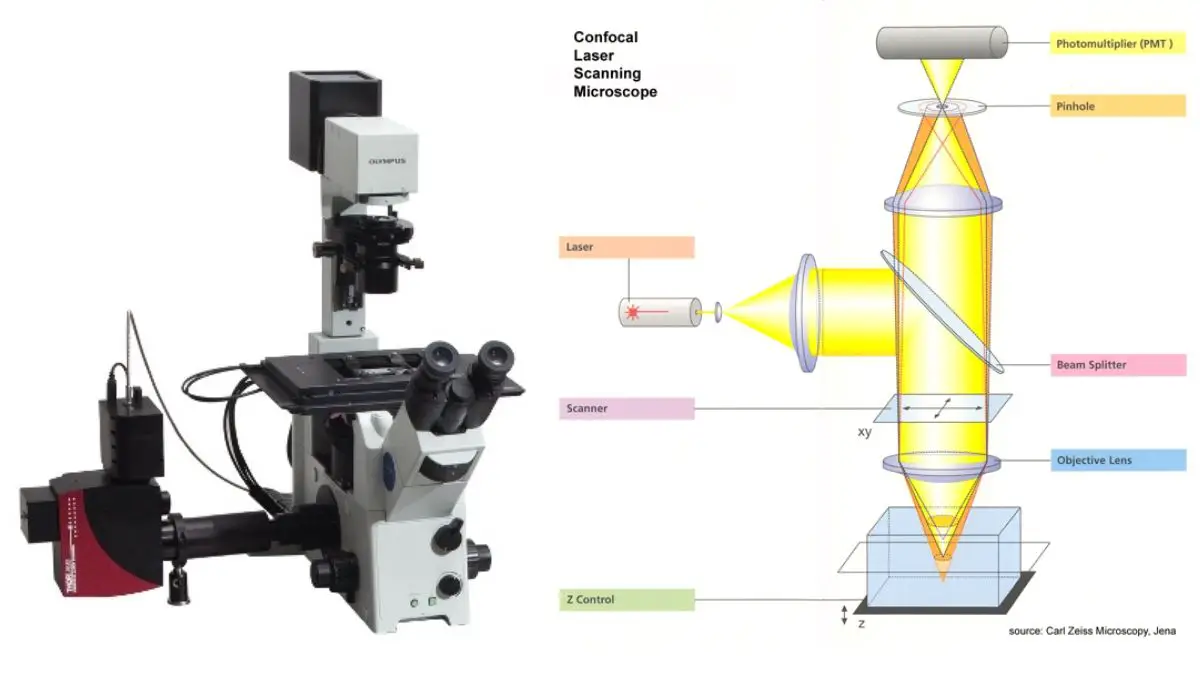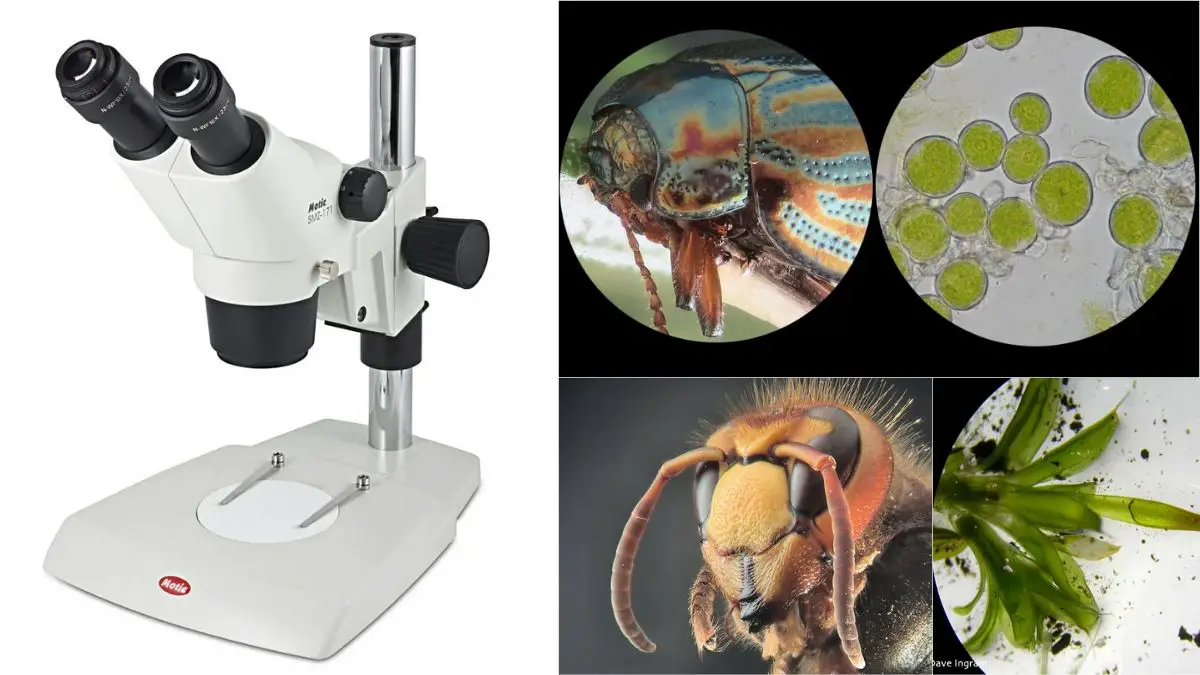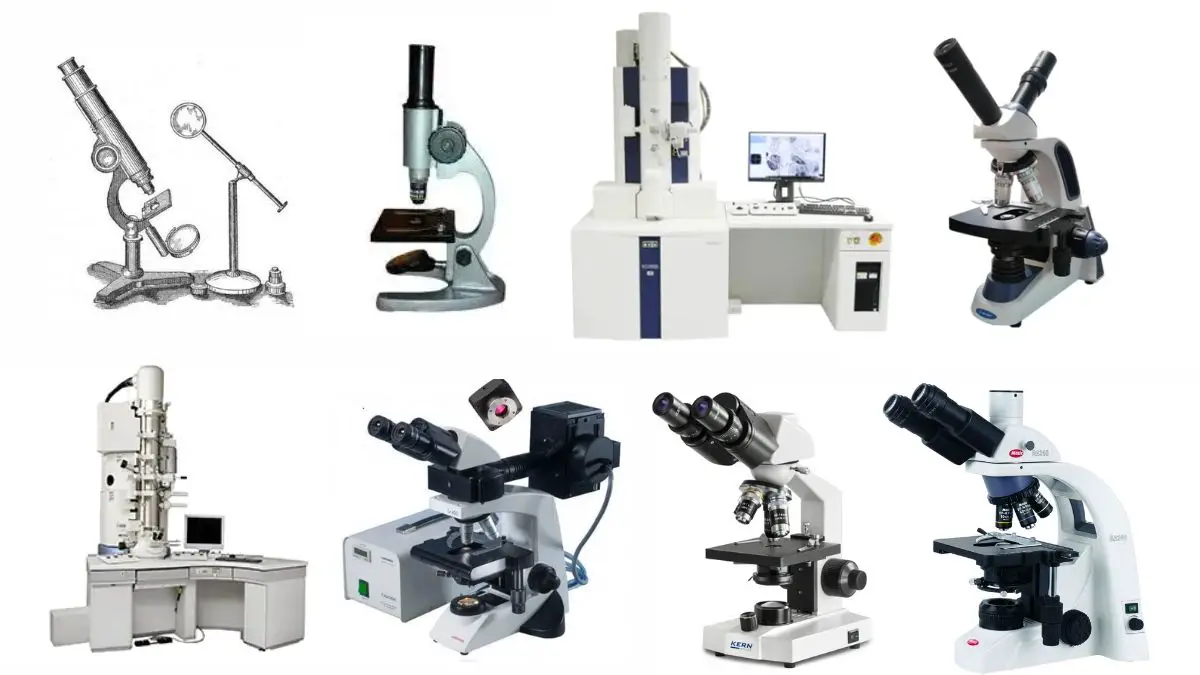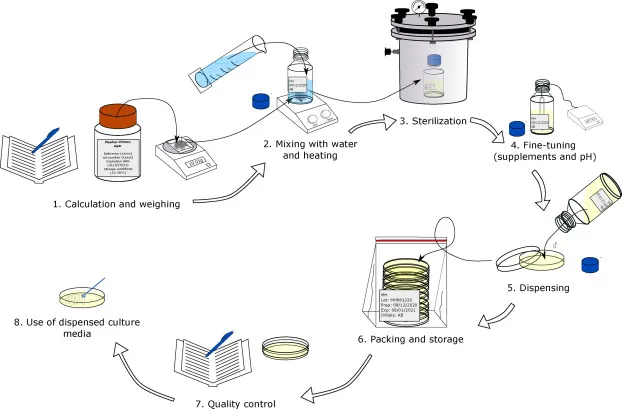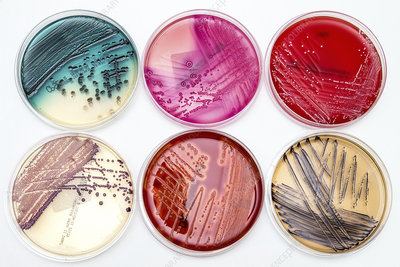Phase Contrast Microscopy- Principle, Parts, Uses
What is phase contrast microscopy? Okay, so picture this: back in the 1930s, scientists were struggling to study things like living cells or bacteria under a microscope. Why? Because those tiny critters are practically see-through! You couldn’t get a clear look without dunking them in harsh dyes—which, you know, kinda killed them. Not exactly helpful if you … Read more

